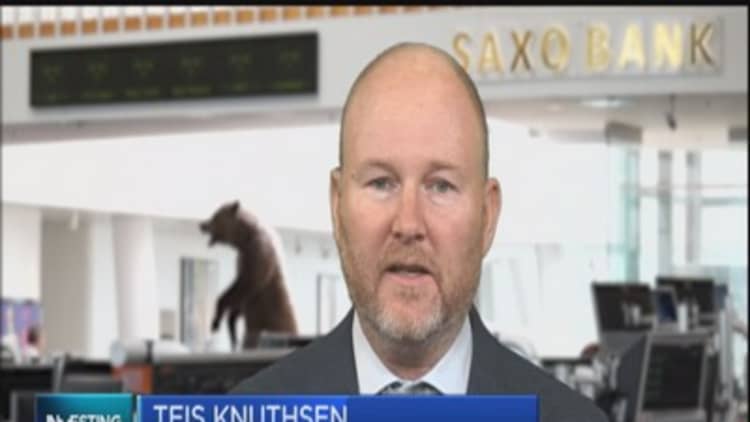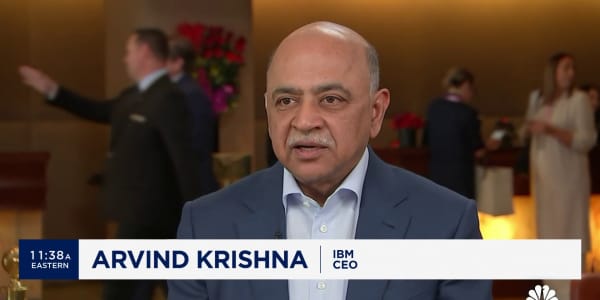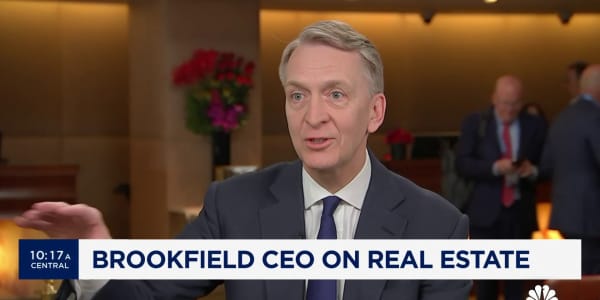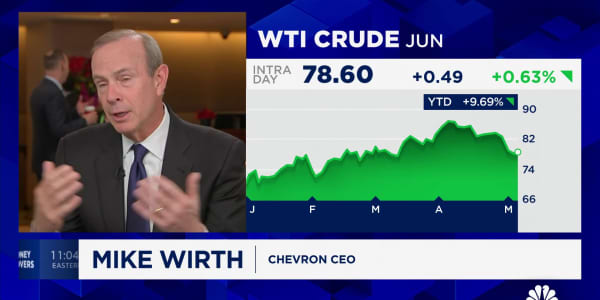
Deflation talk these days is mostly centered on the euro zone and parts of emerging markets, but the U.S. is dancing on the brink itself.
In fact, if not for a comparatively high inflation rate in the Western quadrant, the U.S. itself actually would have had a negative consumer price index rating in August, driving its economy into the same deflationary malaise found in other slow-growth regions.
Of the four Census regions, only the West had a positive CPI for August, according to the most recent figures from the Bureau of Labor Statistics. And it hasn't just been a recent occurrence.
"All price growth in the U.S. in the past eight months came from the West," the St. Louis Federal Reserve said in a report on geographic inflation influences. Inflation in the West has been a full percentage point above the other three regions, all of which experienced deflation.
Excluding the West, the national rate of inflation as measured by the CPI would have been -0.19 percent in August, as compared to the already anemic national rate of 0.2 percent, according to the St. Louis Fed. (The September reading will be released Thursday morning.)
Annualized inflation in the West was 1.3 percent in August. In the Northeast it was -0.1 percent, -0.2 percent in the South and -0.3 percent in the Midwest. Much of the deflationary pressure came through falling energy prices — down 9.5 percent annualized in the West, 14.5 percent in the Midwest, 18.3 percent in the East and 17.1 percent in the South.
Low inflation, and the possibility of deflation, presents a daunting conundrum for Fed officials, who have dismissed falling energy prices as transitory despite the fundamental factor of slowing global demand.
Read MoreGoldman: This is the third wave of the financial crisis
Wall Street has been waiting all year for signs the U.S. central bank would start down the path to normalizing monetary policy by raising rates for the first time in more than nine years. However, liftoff has been delayed as the Federal Open Market Committee has fussed over when conditions will be ideal for the move.
More hawkish members want to raise because they worry the Fed will be too late once inflation accelerates, while also citing the need simply to have wiggle room for policy accommodation that the Fed does not have as long as it keeps its key rate near zero. Futures traders do not believe the Fed will hike until March 2016.
"The real case for worrying about inflation getting too high is materially weaker than it was even three weeks ago," Aaroh Kohli, interest rate strategist at BMO Capital Markets, said in an interview. "I really think they want to go. They will find any ray of sunshine they can. But it's going to be materially harder than they make it out to be."
Unemployment has fallen well below the 6 percent target the FOMC set. However, inflation has remained beneath the level officials would consider ideal for growth, even by the personal consumption expenditures index the Fed prefers to the CPI.
Read More Why the jobs picture is even worse than you think
Amid the conflicting signs, individual members have staged an increasingly public debate over policy direction.
Nonvoting member James Bullard, who heads the St. Louis Fed, is among those pushing for a rate increase, as he believes policy has helped make "cumulative progress toward committee goals," as he said in a speech Tuesday.
Fed Gov. Lael Brainard, who does have a vote on the FOMC, countered that deflationary pressures argue against an increase.
"Our economy has made good progress toward full employment, but sluggish wage growth suggests there is some room to go, and inflation has remained persistently below our target," Brainard said in a speech Monday. "With equilibrium real interest rates likely to remain low for some time and policy options that are more limited if conditions deteriorate than if they accelerate, risk management considerations counsel a stance of waiting to see if the risks to the outlook diminish."
Read More Bernanke's legacy: A Fed that did too much?
At its September meeting, the FOMC justified holding off yet again on a hike by citing threats from international developments. However, deflationary pressure at home presents a challenge as well.
September's nonfarm payrolls report, in addition to showing just 142,000 new jobs created, indicated a slight downturn in wages. Economic growth also looks softer, with the Atlanta Fed estimating a third-quarter gross domestic product gain of just 1 percent, well below the current consensus of 2.5 percent.
With economic conditions tightening, Brainard said the net effect of the Fed talking about raising has been the equivalent of two rate hikes. With deflationary pressures building, the case has gotten considerably more difficult for the Fed to move in 2015.
"There certainly has been a tightening of conditions," BMO's Kohli said. "The problem for the Fed is this happened much more quickly than they anticipated."
CORRECTION: An earlier version had an incorrect reference to Lael Brainard's status on the Federal Reserve.






